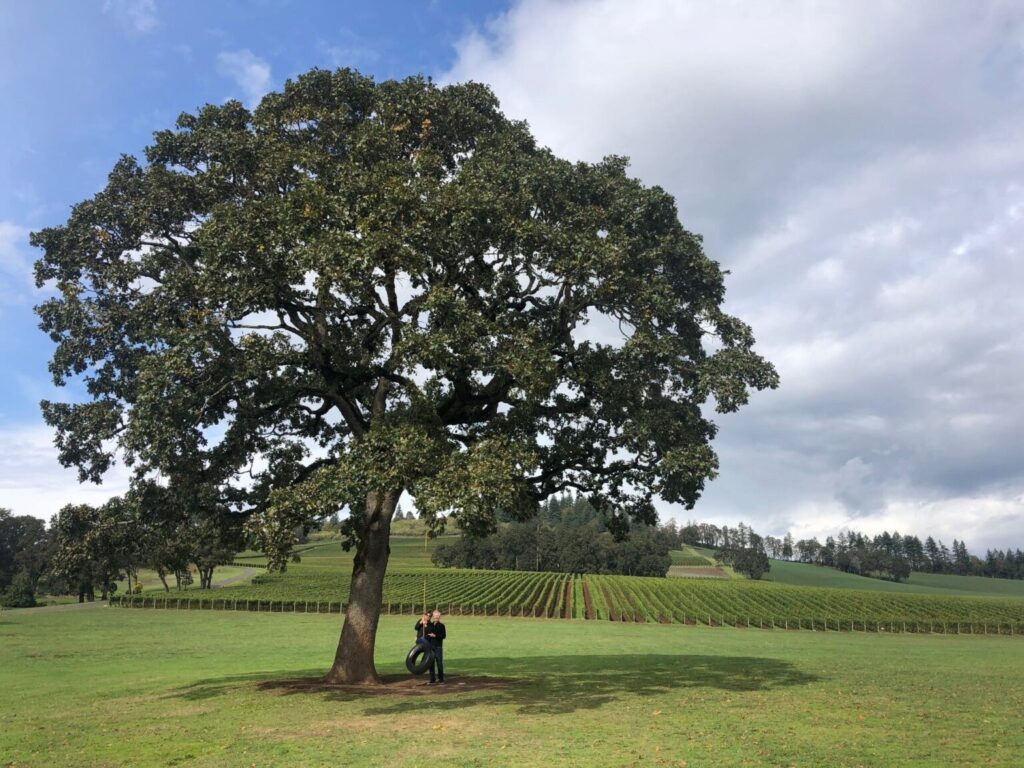
A half-empty bottle of a wine named “History” had been sitting forlornly in the cellar for over a year, daring me to open it. Drink me, it promised, I’m as good now as I ever was. Skeptic that I am, I feared the long-neglected bottle was . . . history. You ask, why was a half-empty bottle in the cellar? A good question, with several answers:
- With our bottle of History, we wanted to start a meal with a glass of a fine white wine and then move on to a red for the entrée. See, you really can have it all.
- Sometimes, you’re in the mood for a glass or two of an exceptional wine but are dining alone and, hoping to face the morning without a hangover, don’t want to drink the whole bottle.
- Other times, it’s fun to pour a glass of several different wines for comparison. Perhaps a vertical comparison of the same wine across different vintages, or maybe a comparison of different varietals.
The problem, of course, is that from the moment you pull the cork, oxygen exposure begins to degrade the wine. Storing a bottle in the refrigerator will delay the process, but after a day or two the change is noticeable, and most wines won’t survive a week. Systems that claim to pump the air out of the bottle don’t really help much.
- As we explained in a prior post, you can preserve wine by freezing the bottle, but I wouldn’t do that with an expensive wine!
The Coravin wine system preserves wines by protecting them from oxygen. Instead of pulling the cork, this system pierces the cork with a thin needle and replaces the wine with inert Argon gas. No oxygen, no problem. The manufacturer claims that it will preserve wine for two years or more without degradation, and several Masters of Wine and Master Sommeliers have told me that in their tests the system perfectly preserved wine for a year or more.
- When the needle is extracted, natural cork “heals” itself and you can store the bottle horizontally without leakage.
- The system is simple to use, but I highly recommend watching the short instructional video before you use it for the first time.
- Coravin systems are widely available, and the entry level model starts around $200.
We put the Coravin to the test with our 2015 “History 1917 Upland Vintage” and it passed with flying colors. After a year stored under cellar conditions it was as fresh as the day we first poured it.
- History (about $45 retail) is a unique wine, from Washington’s Yakima Valley, made by Stoller from Muscat d’Alexandria vines planted in 1917. Alas, it was the last vintage that will be produced since a tractor accident destroyed the vines during the winter of 2017. It’s a dry white wine with a creamy texture, and aromas of lemongrass, stone fruit, and a hint of nuttiness. On the palate, it’s full bodied, well-balanced, with stone fruit, citrus, brisk acidity, and minerality. The wine has a nice finish.
- You may have some difficulty finding this particular wine, but if you haven’t had a quality dry Muscat it’s worth looking for one at your retailer or on a wine list. It makes a nice aperitif and pairs well with shellfish and seafood.
Cheers!
